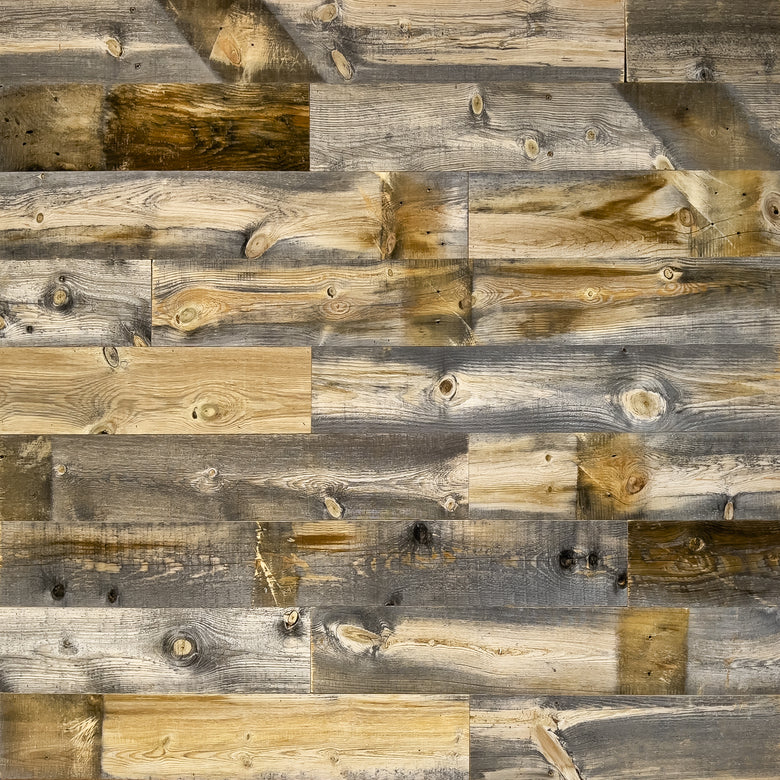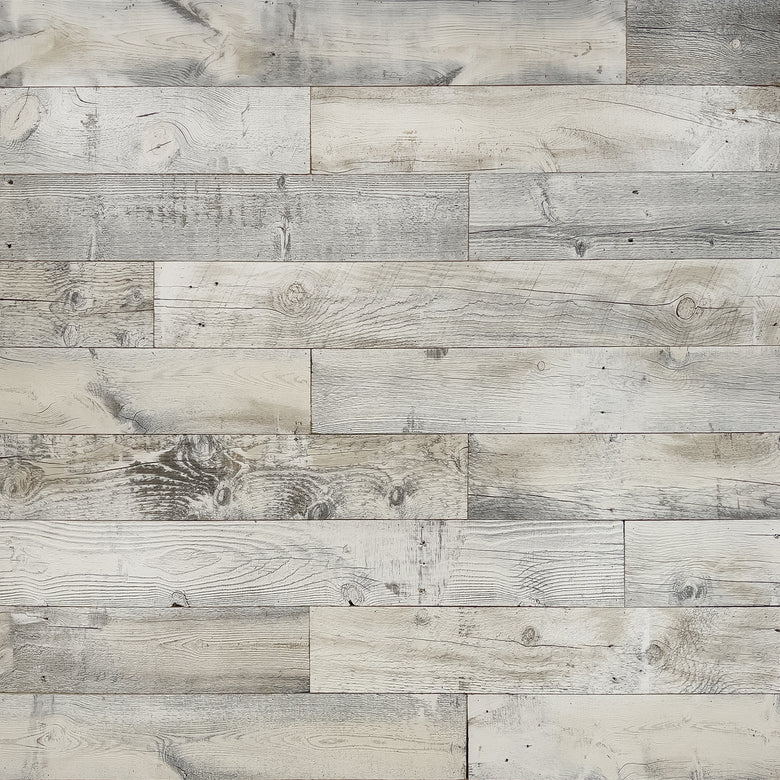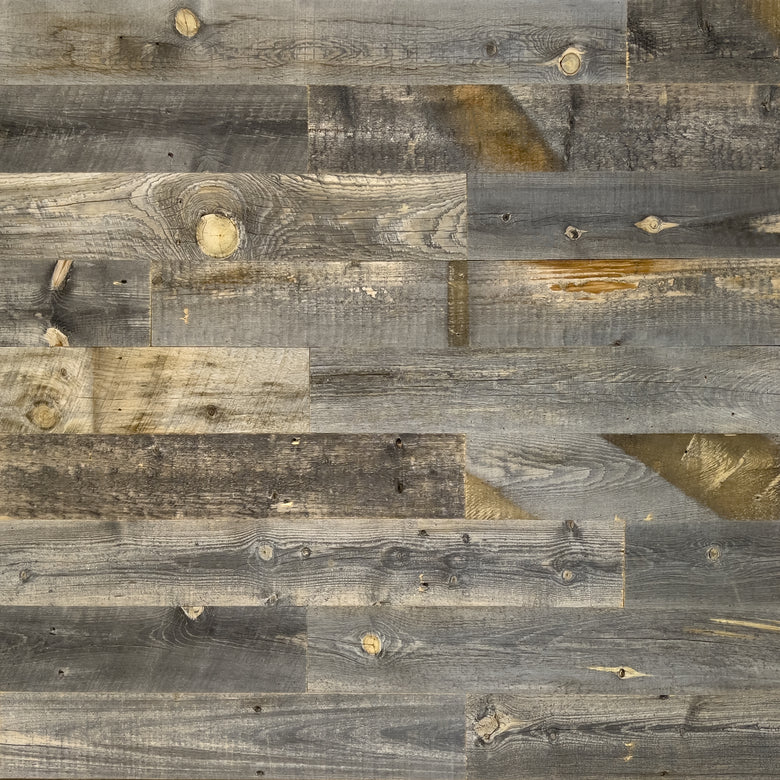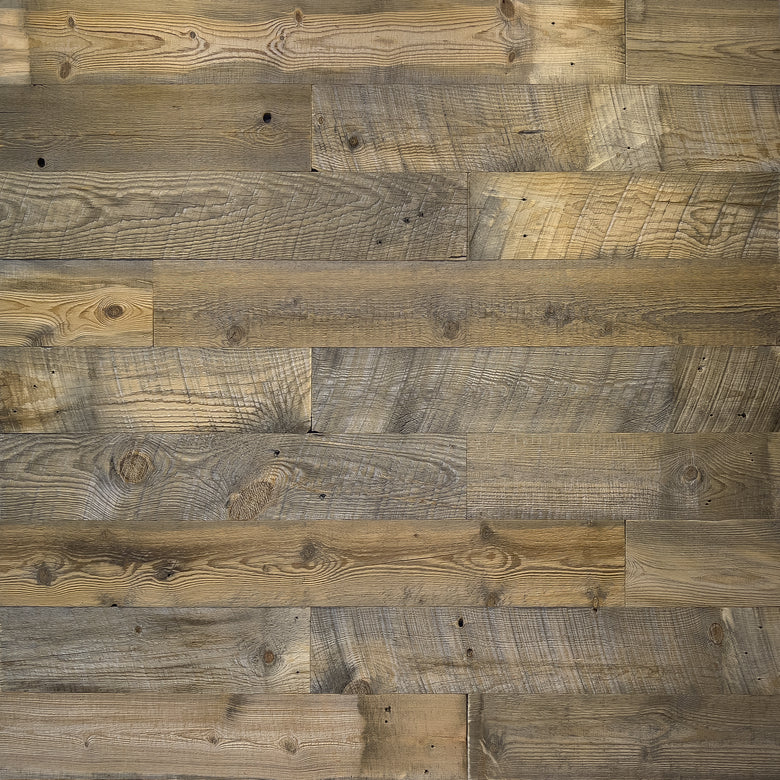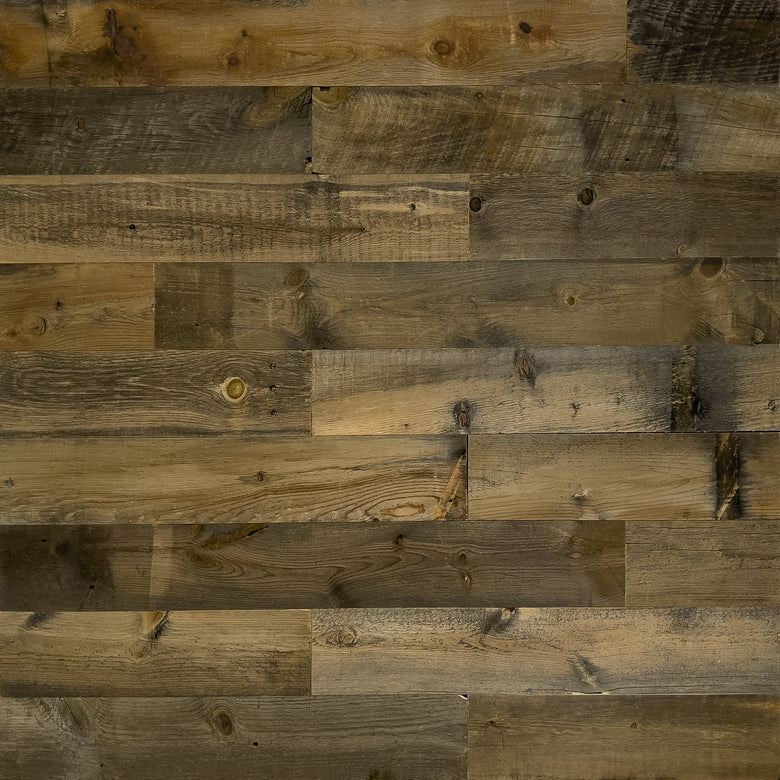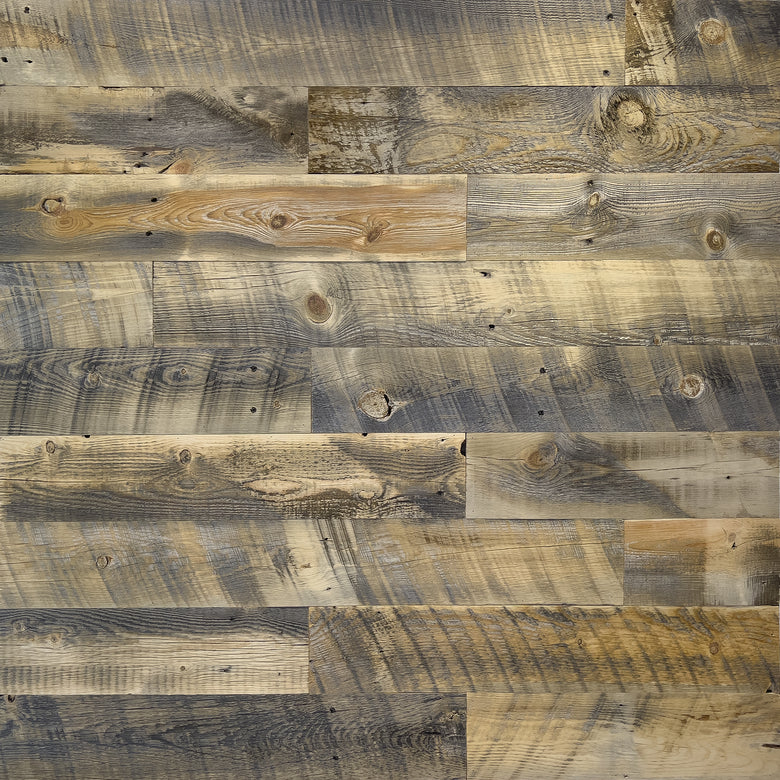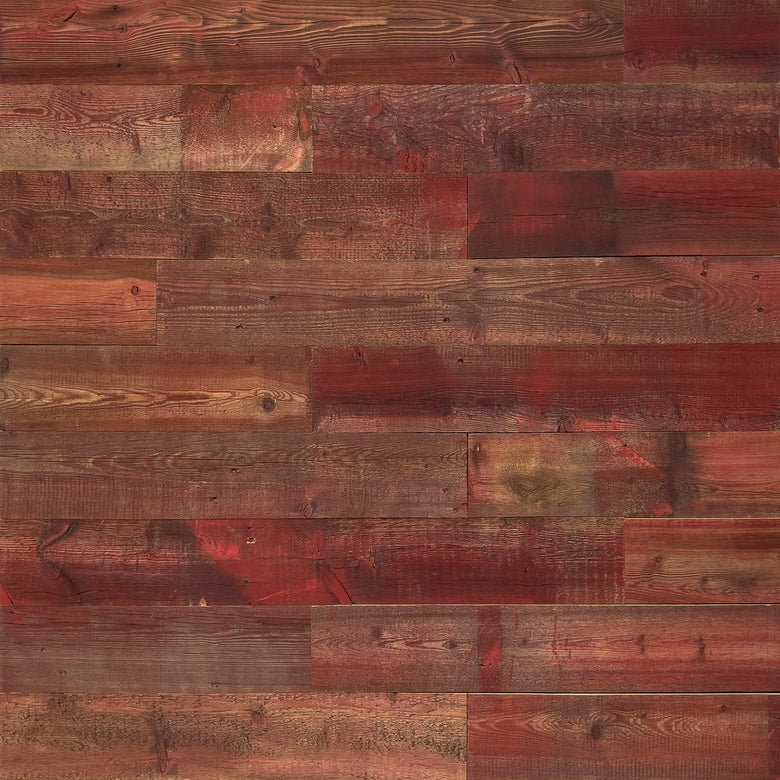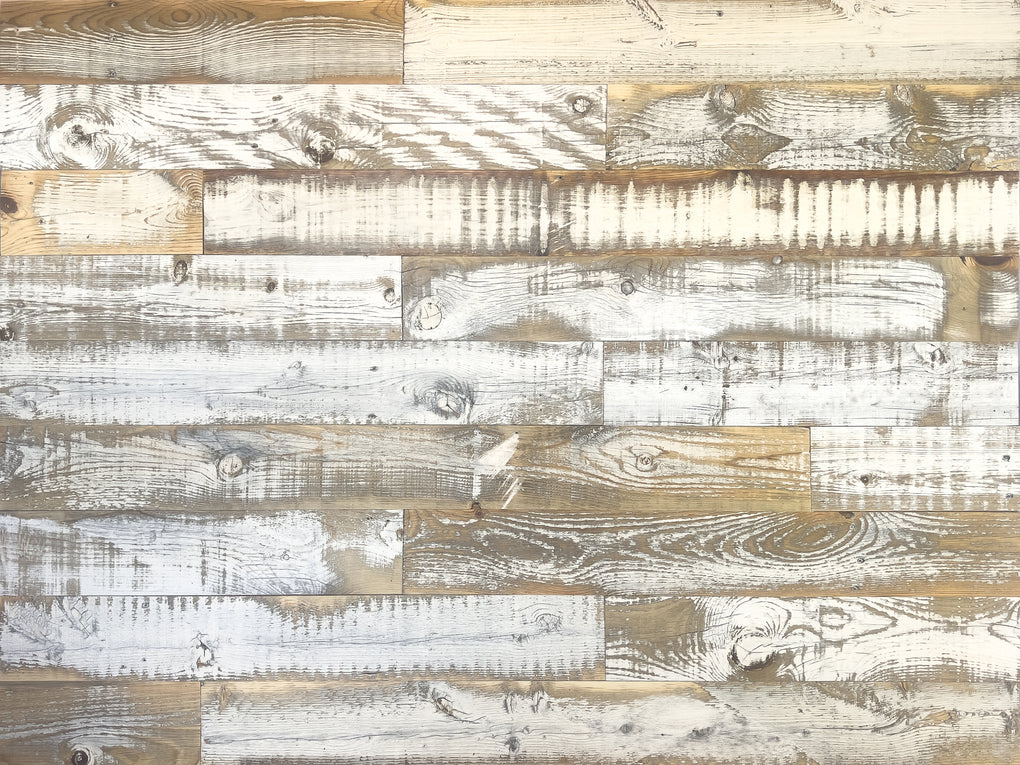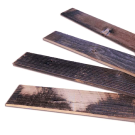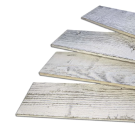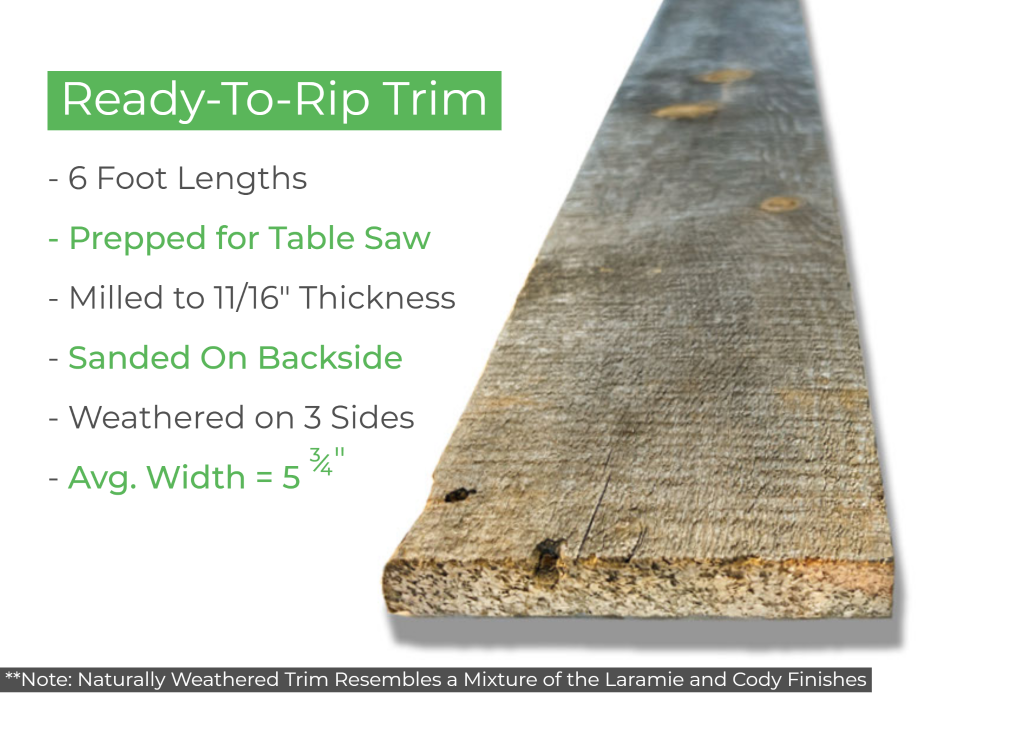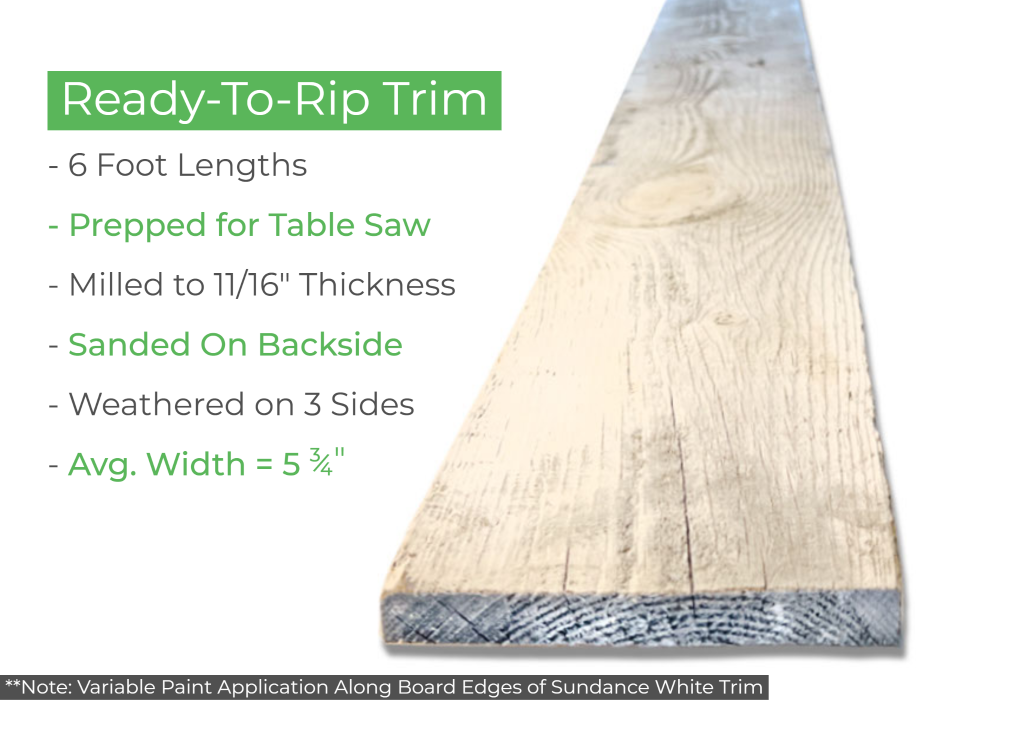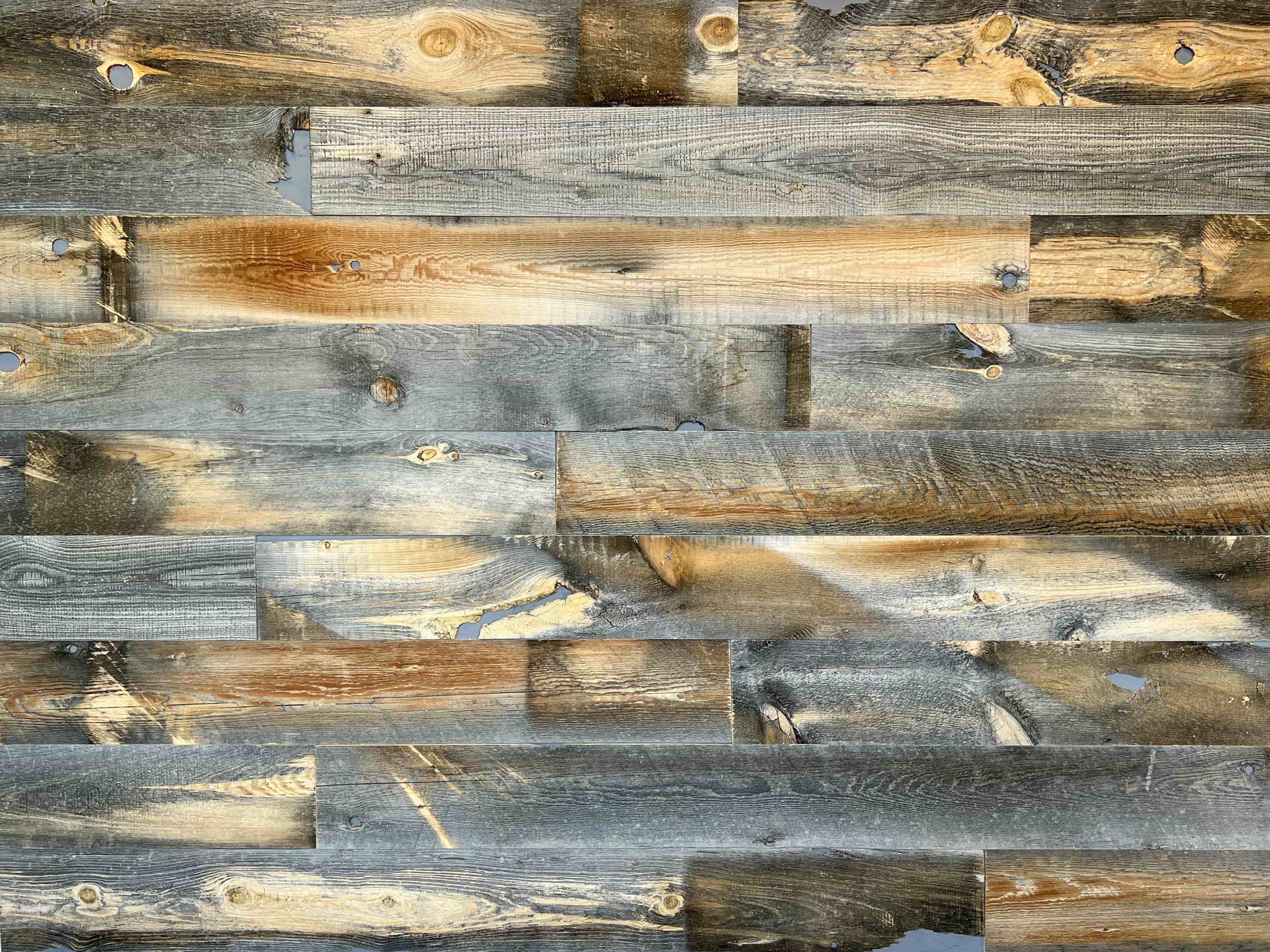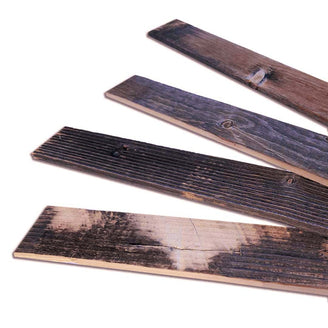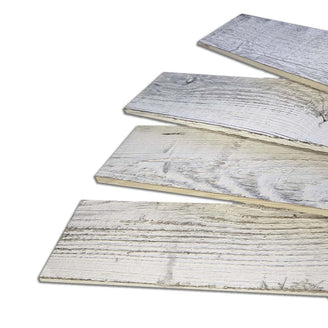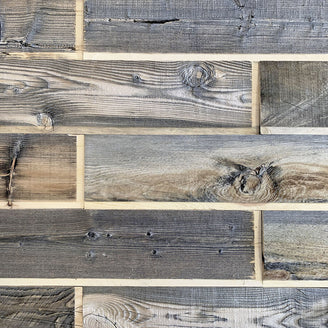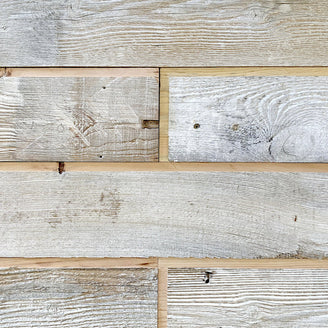Quick and Simple Solutions
Water stains on wood furniture can often be removed using common household items and straightforward techniques. Here's a detailed look at proven methods that help eliminate those unsightly water marks without damaging your wood surfaces.
Heat-Based Methods
The iron and cotton cloth technique stands as one of the most effective ways to remove water rings from wood. Place a clean white cloth or t-shirt over the stained area. Set your iron to medium heat with no steam, and move it in circular motions over the cloth for 20-30 seconds at a time. Check frequently to avoid overheating the wood.
For a gentler approach, use a hair dryer set to medium heat. Hold it about 6 inches from the surface and move it steadily over the water mark. This method works well for newer water stains and is particularly safe for delicate wood finishes.
Household Remedies
Mix equal parts white vinegar and olive oil to create a natural cleaning solution. Apply this mixture to the stain using a soft cloth, always working in the direction of the wood grain. Let it sit for an hour, then wipe clean.
Make a baking soda paste by mixing the powder with a small amount of water until it reaches toothpaste consistency. Gently rub this paste on the stain, then wipe away with a damp cloth. The mild abrasive quality helps lift the water mark without scratching.
Non-gel toothpaste can also remove water marks. Apply a small amount directly to the stain and rub gently with a soft cloth. The mild abrasives in toothpaste work similarly to baking soda.
Natural Drying and Prevention
Sometimes, fresh water stains will disappear with proper air circulation and indirect sunlight. Place the item in a sunny spot inside your home, but avoid direct sunlight which can cause wood discoloration. Position a fan nearby to increase air flow and speed up the drying process.
When using any removal method, first test in an inconspicuous area. Work gradually and avoid applying excessive pressure or heat. Keep cleaning cloths slightly damp rather than wet, and always dry the surface thoroughly after treatment.



